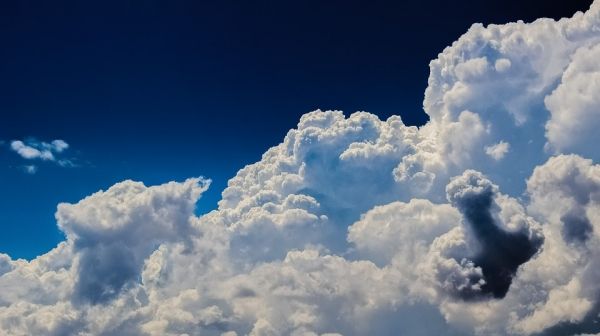Researchers have developed a set of diode-based lidar instruments that could help fill important gaps in meteorological observations and fuel a leap in understanding, modeling and predicting weather and climate. The instruments are particularly well suited for insights on atmospheric dynamics at the mesoscale, a size range equivalent to the area of a small city up to that of a U.S. state.
Collaborators from Montana State University (MSU) in Bozeman and the National Center for Atmospheric Research (NCAR) in Boulder, Colo. will discuss the work during The Optical Society’s Optical Sensors and Sensing Congress, which will take place from 25–27 June in San Jose, Calif., during Sensors Expo 2019.
So far, the team has created five diode-based micro-pulse differential absorption lidar (DIAL) instruments—MPD instruments, for short—for profiling water vapor in the lower troposphere, the region of the atmosphere where most weather occurs. Diode laser based instruments operate in the range of wavelengths from 650 to 1,000 nanometers, mostly within the infrared spectrum. The instruments can be deployed both day and night, largely unattended, without risking eye damage to humans.
"The network of five water vapor MPD instruments was deployed to the atmospheric radiation measurement Southern Great Plains atmospheric observatory in mid-April,” team member Catharine Bunn said. “From this three-month field experiment we will gain insight into how weather forecasting may be impacted by continuous MPD measurements of atmospheric water vapor.
Read more at The Optical Society
Photo Credit: dimitrisvetsikas1969 via Pixabay


